Help Your Pets to Stay Well
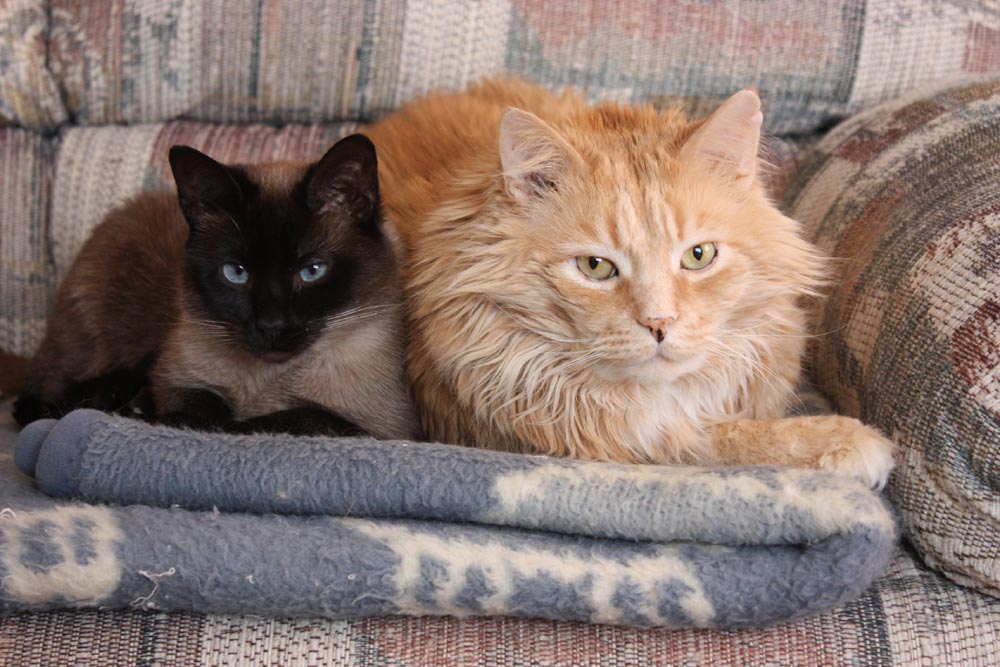
by Karen Sable, Guest Columnist
October is recognized as National Pet Wellness Month, so what better time to think about what you are doing, or should be doing, to help your pet stay well and live a long, healthy life?
The nationwide campaign is sponsored by the American Veterinary Medical Association (AVMA), and the goal is to educate pet parents about the importance of twice-a-year wellness examinations for our furry family members, and the steps that we can take to help prevent disease in our pets, as well as increase the likelihood of early detection.
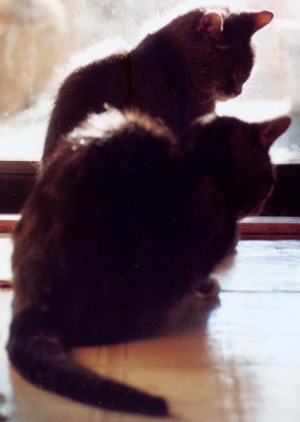
We all understand the importance of prevention and early detection for our own health, and the need for regular visits with our doctor and routine screening tests, especially as we get older. But it is also important that we take similar steps to help our furry family members maintain their good health.
Our pets age, on average, about seven times faster than we do, and so significant health changes can occur in a relatively short period of time. Taking your dog or cat to the veterinarian just once a year is essentially the same as you seeing your doctor or dentist just once every seven years! That’s why the AVMA advocates that our pets get a wellness exam every six months, as this better enables the vet to detect, treat, and ideally prevent problems before they become serious or even life-threatening.
Cats in particular
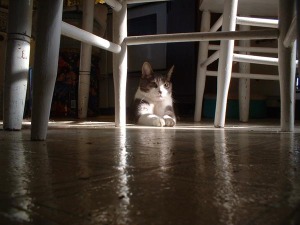
Educating cat owners about the importance of twice-a year wellness examinations is even more critical since, according to the AVMA, cats are brought to the veterinarian only about half as often as dogs. As those of us who have cats know all too well, our feline family members are very skilled at hiding signs of illness. That trait likely goes back to their big cat ancestors in the wild, who knew instinctively that any signs of weakness or illness made them easier targets for predators. Unfortunately, this “big cat” trait means that we may not observe the signs of illness or disease in our cats until it is more advanced. By taking our cats for twice-a-year wellness exams and appropriate screening tests, we greatly increase the likelihood that any medical condition can be detected early, while there is a greater chance of a successful outcome.
Due in large part to improvements in nutrition, and also to the development of vaccines, the life expectancy for our pets has virtually doubled over the past fifty years! While we are all thankful that our pets are living longer, their increased longevity means that, like us, they are more likely to experience the serious medical conditions that can come with aging. We are living longer, healthier lives thanks in large part to regular medical care and the many routine screening tests that are now available. Our pets can benefit greatly from the same.
First, a good diet
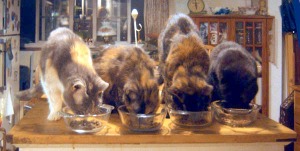
While our veterinarian certainly plays a key role in ensuring our pet’s good health, we also have an active role to play as a loving, and conscientious, pet guardian. One of the easiest actions we can take to help maintain our pet’s good health is to ensure that we feed them a good, quality diet. While it may be tempting to reach for the less costly food, especially if it’s a well known brand, many commercial pet foods simply do not contain the complete balanced and nutritious ingredients our pets need for optimal health. It’s important to closely read the label not only to see just what is in the food, but also what are the primary ingredients. The first ingredient on the label should be a good quality protein, such as chicken or lamb, not some meat by-product or cereal. I feed my own cats a premium quality food, and there are certainly a number of premium and even organic pet foods available to choose from today. They may be more costly, but by providing your pet with a high quality diet today, you help reduce the likelihood of costly vet bills down the road!
Snout-To-Tail Wellness Assessment
Another action every pet parent can take to contribute to their pet’s wellness is to frequently perform their own Snout-To-Tail Wellness Assessment. This “tool” is a systematic and deliberate method for evaluating and knowing the status of your pet’s everyday health. It allows you to learn what is “normal” for your pet, and therefore to be able to more quickly recognize something that is not normal, making early detection more likely. It can also be a good bonding experience for you and your pet.
The Wellness Assessment ideally should be done at least once a week, with the results of each assessment documented. By examining your pet from Snout-to-Tail on a regular, ongoing basis, and keeping records of each assessment, you are able to detect any irregularities (lumps, bumps, swelling, tenderness, secretions, etc.), and also identify and changes since your last assessment. This can provide vital information for following up with your Vet.
Next week: A Checklist for the Snout-To-Tail Wellness Assessment
Pictured at the top: Jasmine (Siamese) and Colby ( the Maine Coon), two of Karen’s family of rescued cats.
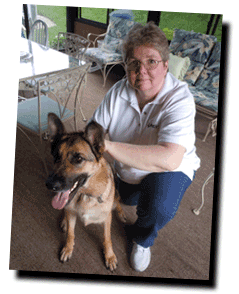
About Karen Sable
Karen Sable, owner of Pet Emergency Training, LLC, completed the Pet Tech Instructor program in March, 2011 and teaches pet first aid classes in the Pittsburgh area. Karen is a trained responder with several national animal response/rescue teams, including American Humane’s Red Star Animal Emergency Services Team, United Animal Nations’ Emergency Animal Rescue Service, and Noah’s Wish Disaster Response Team. She is also a member of the PA/Allegheny County Animal Response Team, and a volunteer animal rescue transporter.
In addition to having a Veterinary Assistant diploma, Karen’s training certifications include Emergency Animal Sheltering, Large Animal Rescue, Animals in Disaster, Livestock in Disaster, Hazardous Materials, Incident Command and National Incident Management. As a former healthcare Human Resources Director, Karen now devotes her extensive training experience, and love of animals, to teaching pet care professionals and fellow pet parents the skills and knowledge that can save their pets and improve the quality of their pets’ lives. Visit her website at Pet Emergency Training, LLC.
An article by Karen on a timely pet first aid and disaster rescue topic will appear on The Creative Cat on the first Friday of every month.
September 2011: Are Your Pets Prepared For An Emergency ?
Read more about Karen in The Creative Cat Welcomes Guest Columnist Karen Sable.


Pingback: Reduce Chances of Feline Mammary Cancer By Spaying Before First Heat ~ The Creative Cat
Pingback: The Creative Cat - Breast Cancer Awareness for Cats—Spay Early
Pingback: Winter Pet Safety « The Creative Cat
Pingback: Holiday Pet Safety « The Creative Cat
Pingback: Senior Pets Make Great Friends! « The Creative Cat
Pingback: Pet Wellness and Breast Cancer Awareness—Spay Early « The Creative Cat
Pingback: Help Your Pets to Stay Well ? The Creative Cat « johnthomsonij